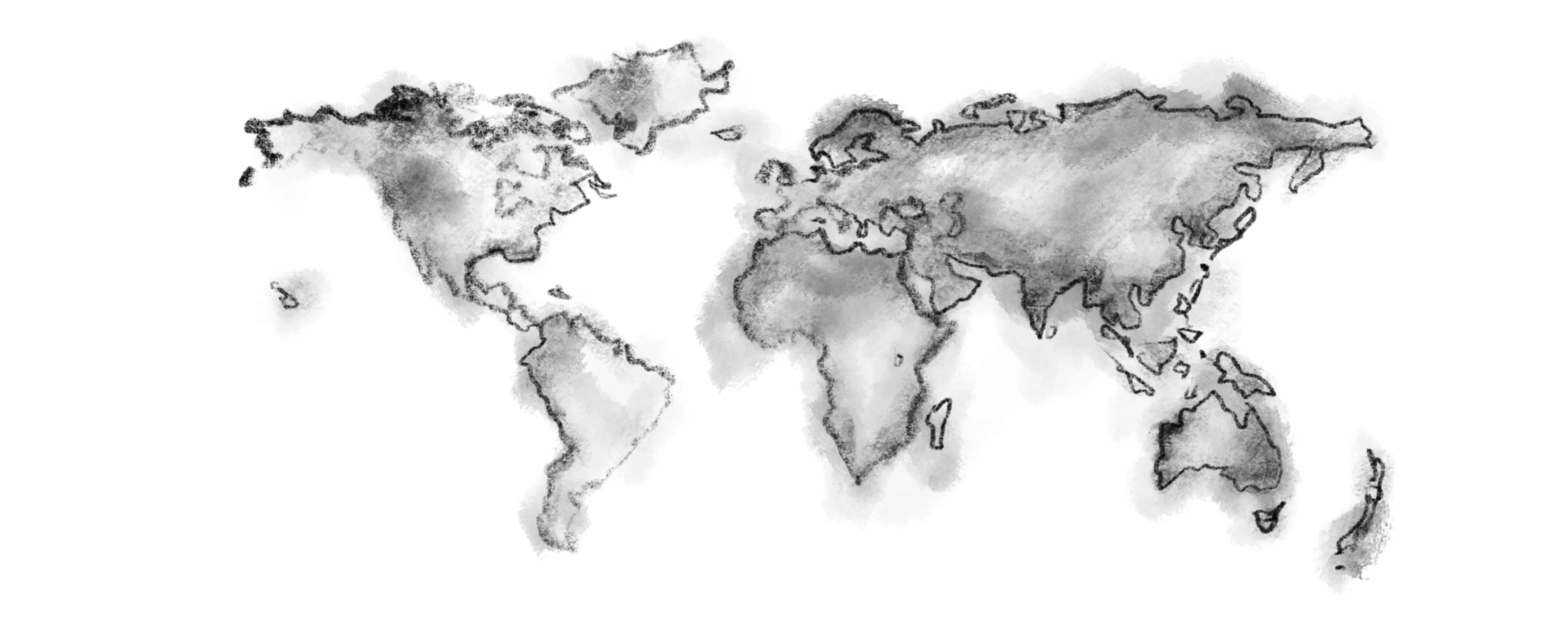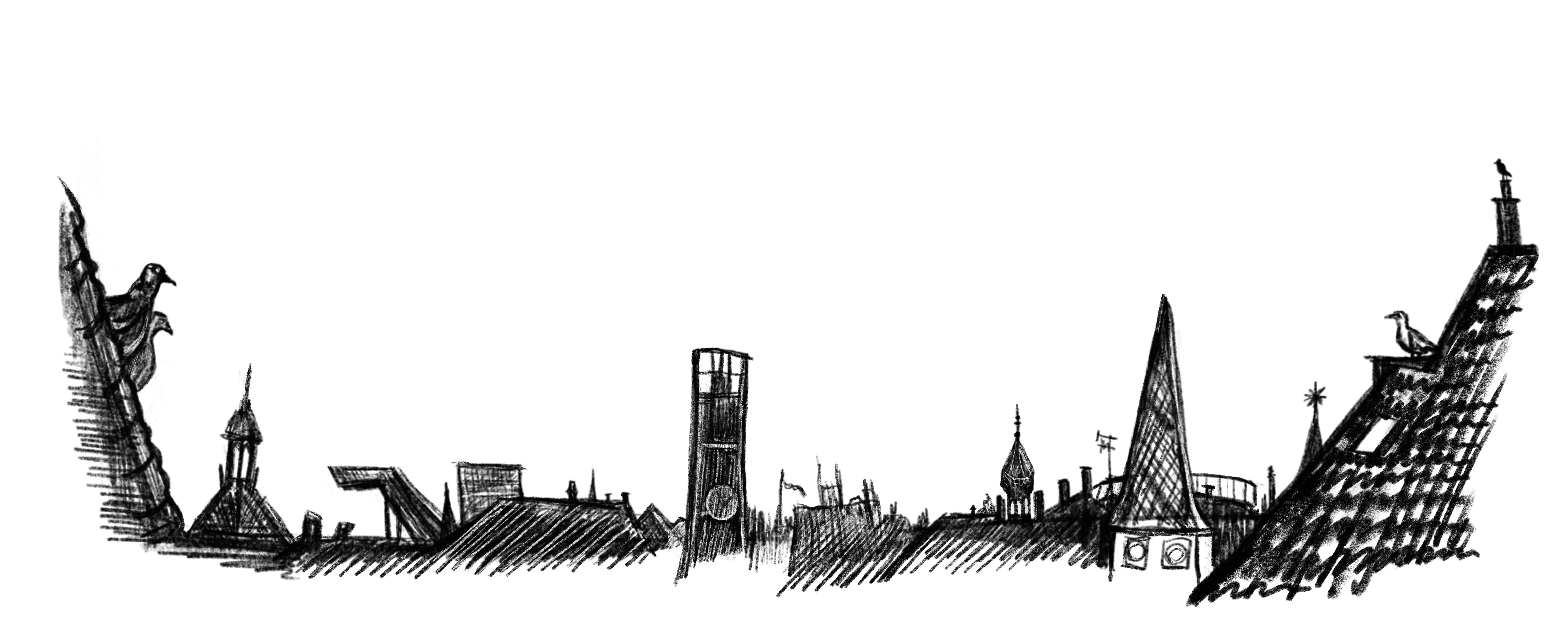
A Classroom Of Many Worlds
A Classroom Of Many Worlds
Teacher’s Day is coming soon, and we write on a postcard—a world map where we mark our points and write “thank you” in all our languages.
Marianne, either the conductor of our international orchestra or the main DJ of our “200 FM” group, sounds like a radio station.
Learning is more than memorizing words; it’s about absorbing the essence of this world—the unspoken connections between us all, a search for a universal language. It's something between the lines.
During small group exercises, I often glance at other notebooks. To my left, Iranian Gasen writes from right to left, flipping his pages backward. Shuku’s notes look like mysterious squiggles and hooks—a secret language! Meanwhile, Shirin keeps her notebook pristine, with neatly highlighted sections in different colors. Mine is filled with side notes—impressions scribbled in the margins.
Sometimes, I sketch in my thoughts and imagine which materials would bring them to life: pastels, gouache, watercolor, ink. Language, too, is an art. But in reality, I still can’t truly start painting. I don’t have the strength for it yet. My world has shrunk to words. For now, I paint with words.
We look at Marianne, and she looks back at us with her lyseblå [light blue], kind eyes. Most of us come from another, brown-eyed planet, each carrying our own story.
Marianne is strict but kind, insisting that we speak only in Danish. Phones are not allowed—old school! “Skriv og husk” [Write and remember], she says. Some students struggle with this, especially a 19-year-old girl, who’s inseparable from her phone. Marianne sometimes confiscates it to demand our attention, and we laugh: “She can’t live without it, she‘s the new generation!”
On the topic of weather and clothing: If Filipino Keith is wearing “en kasket” [a cap], it means it’s warm. If he’s wearing “en hue” [a hat], it means it’s cold. And if it’s really cold, Keith wears both a hat and a jacket with a hood!
On the topic of work: I ask Marianne if she’s happy with her job. “Mange danskere er glade for deres arbejde – jeg er glad for mit job!” [Many Danes are happy with their work – I’m happy with my job!] Later, I will learn the word “Arbejdsglæde” [job satisfaction], and with a smile, I will remember our first teacher.
